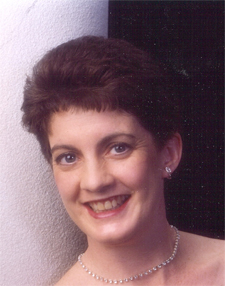
Where did you go to college?
I went to three universities. I received my Bachelor of Environmental Design from Miami University, my Master of Architecture and Master of Construction Management from Washington University and my Master of Business Administration and Doctor of Philosophy in Public Administration and Urban Theory (Urban Planning) from Old Dominion University. I’ve also attended four military schools – Squadron Officer School, Air Command and Staff College, Air War College
Would you recommend studying architecture
I would definitely recommend to young people that they study architecture. The wide breath of coursework that architects take make them very valuable in many areas/jobs in the built-environment. The broad knowledge base and ability to understand complex projects
What does it take to be an architect?
It takes tenacity, creativity, the ability to understand both broad and detailed concepts, and an ability to work with people.
Was there an architect that particularly inspired you?
I thought for a long while and didn’t come up with one architect. So here are the traits I find in good architects and their buildings. 1) Their buildings are well thought out – inside, outside, front, back, all sides. The details are precise. The movement for users is intuitive. The response to the community improves the community. 2) Their buildings inspire and the volumes make sense from both the exterior and the interior. (While I enjoy buildings with unusual volumes, I think the most of buildings where the unusual volume makes sense from both the exterior and the interior.) 3) Buildings that effortlessly incorporate sustainability, energy and resilience measures while remaining pleasing to the eye. 4) Buildings that make good, beautiful architecture out of everyday materials. 5) Architects that give back to others through teaching and community work as well as encourage people to grow in the profession.
What are you currently reading?
I am currently reading a book on the development of the Panama Canal. I’ve been researching the development of Olympic Sites and World’s Fair Sites and how they are reused after the games. I’ve got some books on the “reading pile” on Olympic site development. (Steve and I recently made a trip to Montreal to see an Olympic and World’s Fair sites there). I’m also writing a book on American Military Architecture highlighting the well-known architects who designed military buildings such as Albert Kahn, Richard Upjohn, Richard Neutra, Michael Graves and Bernard Simon (who was aide-de-camp for Napoleon, military planner for Paris as well as designed Ft Monroe and Wool in Virginia, Fort Adams in Rhode Island and Fort Morgan in Alabama) to mention a few.
What’s the best meal you’ve ever had?
I had a buttered trout stuffed with crab, capers
Why do you volunteer with the AIA?
I work for the government/military and am constantly surrounded by engineers. Engineers tend to think/manage “inside-the-box”. I volunteer with AIA and teach to stay in touch with the profession, to grow professionally and to do some “out-of-the-box thinking”. I love to investigate topics and alternative ideas. I then take those ideas back to my office and challenge others. (They either love or hate that).
